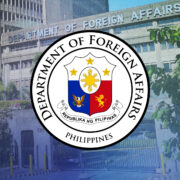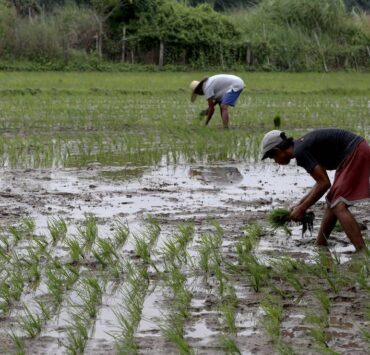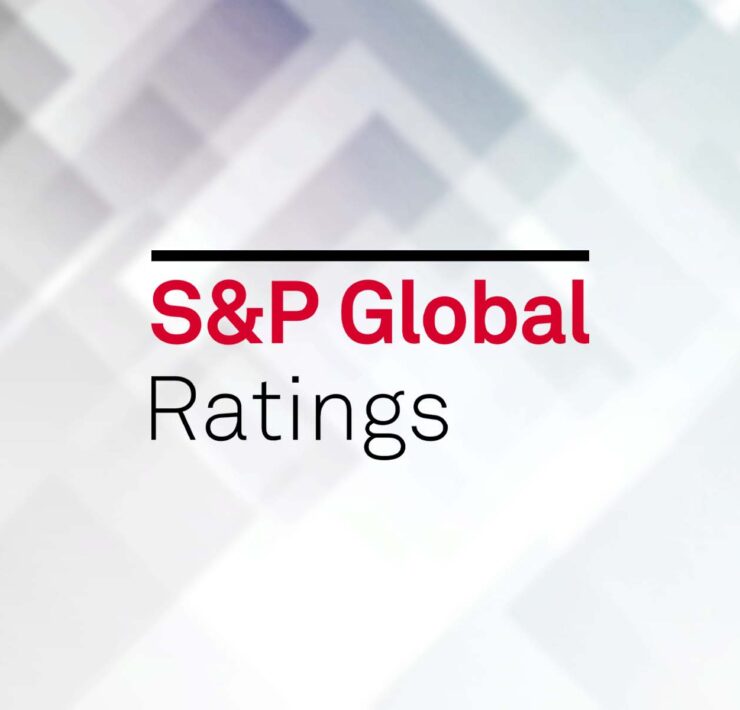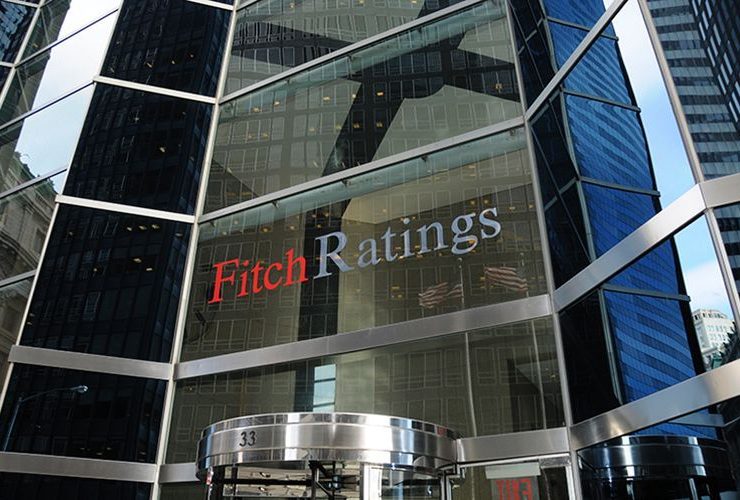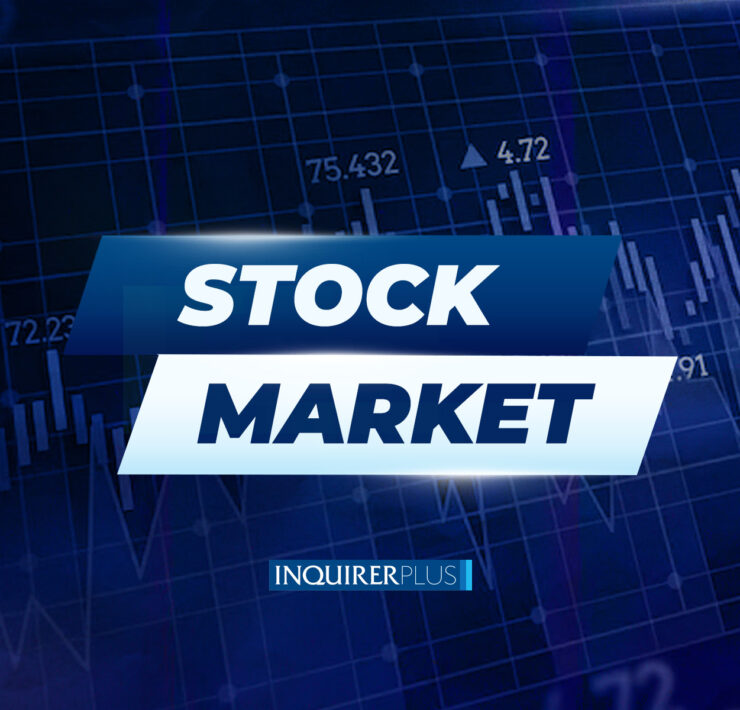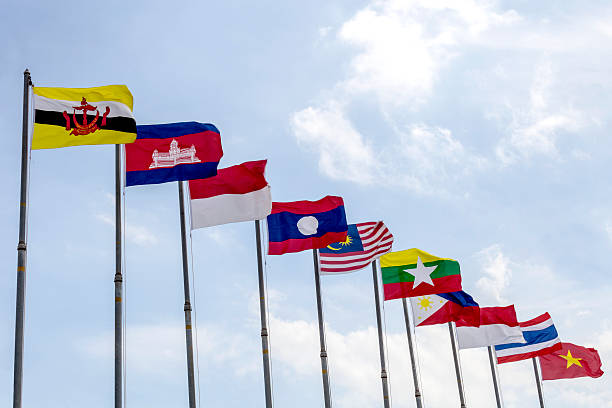US or China? Asian economies may have to pick a side
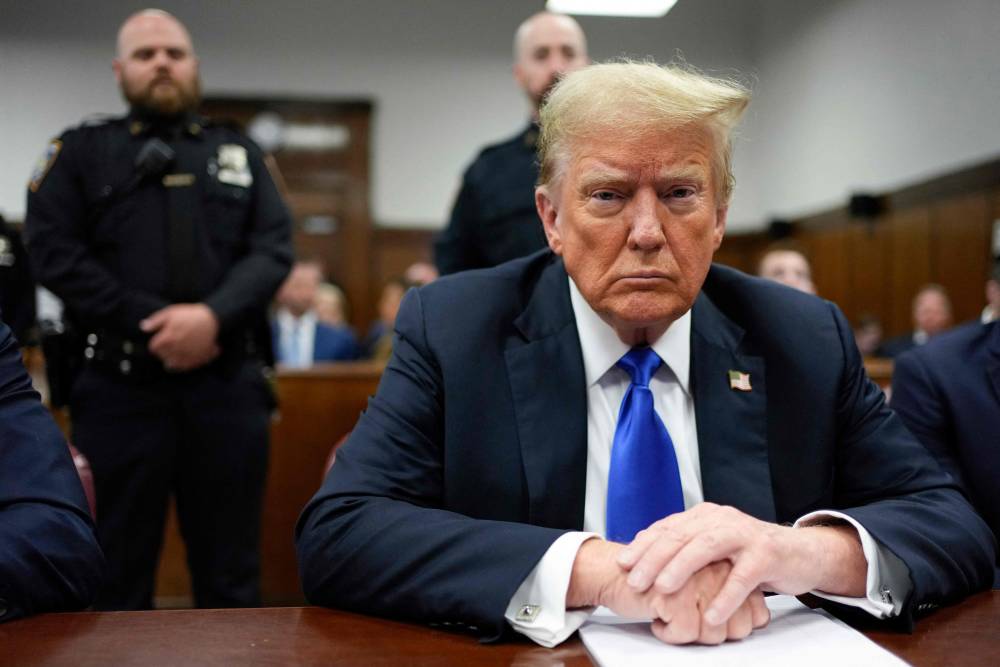
Asian economies like the Philippines might benefit from aligning their trade policies with either the United States or China amid President-elect Donald Trump’s tariff threats, highlighting the difficulty in forming a united Asean (Association of Southeast Asian Nations) response to heightened trade protectionism.
At a forum organized by the Asian Shadow Financial Regulatory Committee (ASFR), Maria Socorro Gochoco-Bautista, economist at the University of the Philippines, said the “dissimilar” impact of Trump’s policies on Asian economies means there would be winners and losers in the event of a global trade war.
ASFR is a group of independent experts on economic policy issues relevant to the Asia-Pacific region.
Typically, ASFRC tries to translate concepts drawn from academic literature into concrete policy recommendations.
At the forum, Gochoco-Bautista cited a study by UP economists Joy Abrenica and Anthony Sabarillo and Ricardo Rafael Guzman of Aix-Marseille University—which found that it is in the interest of some Asian economies to align with either the United States or China amid the trade friction between the two superpowers.
“The results from that paper show that different countries in Asia will be affected in dissimilar ways. One interesting finding there is that it will actually pay for certain countries to choose to align with either the United States or China. They could gain,” Gochoco-Bautista said.
“There are winners and losers. But in general, you know that Asian countries grew by being open economies—open to trade and investment. And any time you have policies that restrict trade, really nobody gains. I mean, in the end, nobody wins,” she added.
Insulated
As it is, many analysts expect the Philippines to be relatively insulated from Trump’s threat to impose a 10 to 20-percent tariff on all imported goods in the United States, which is targeted to countries with large trade deficits with Washington.
The Philippines can also find refuge in the fact that it mostly exports services, not goods that can be easily slapped with tariffs.
But that doesn’t mean that the domestic economy is completely safe.
It may be recalled that the Philippine peso had revisited the record-low 59:$1 level thrice last year amid expectations that Trump’s tariff threats could stoke inflation stateside, a development that can slow the ongoing easing cycle of the US Federal Reserve.
A shallower easing in the United States, in turn, might prevent the Bangko Sentral ng Pilipinas (BSP) from cutting the local policy rate at a much faster pace, thus limiting the ability of monetary policy to support an economy that had slowed in the third quarter of 2024.
Gochoco-Bautista said the US dollar was expected to continue its rally amid the uncertainties.
“In a world where there’s so much uncertainty, there is already a natural tendency for countries to want to hold and acquire dollar assets. So that also contributes to the strengthening of the US dollar independently of the fact that interest rates remain high in the United States,” she said.
“It means that the rest of us have to more or less toe the line and keep interest rates high,” she added.












